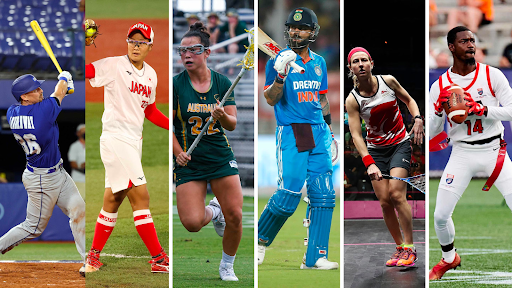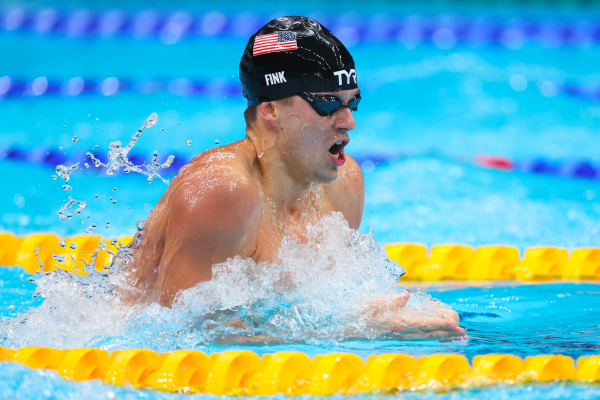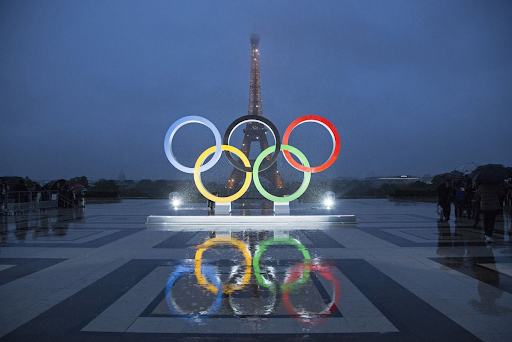USA Fencing: Road to Tokyo 2020
December 4, 2019
Many athletes from many different sports around the globe are aiming for the gold as they continue to train for the 2020 Olympics this summer in Tokyo, Japan. According to the organisers of the event, the XXXII Olympics will be one of the “the most innovative ever organised, and will rest on three fundamental principles to transform the world: striving for your personal best (achieving your personal best); accepting one another (unity in diversity); and passing on a legacy for the future (connecting to tomorrow)” (Olympics.org).
One of the many sports that will be participating in the 2020 Olympics will be fencing. Many assume that fencing is only two people playing with swords and hitting each other for the most points. However, it is much more than that. Fencing is an organized sport that uses different kinds of swords—épée, foil, or sabre—for attack and defense according to set movements and rules. In epee, a point can be scored anywhere on the body from head to toe, but points can be more difficult since the blade weighs on average around 27 ounces. In foil, a point is scored only with the tip of the blade in the torso area (shoulders to groin front, waist and back). Compared to epee, in foil if you hit the arms, legs, neck, and head this would be considered illegal. In Sabre, a point is scored by hitting with the side of the weapon and tip. The only legal targets would be anywhere above the waist to the head except for hands. The key difference between epee and foil fencing compared to sabre fencing is the idea that epee and foils have to thrust and use the tip of the sword to score a point, while for sabre have to physically hit them with the side of the weapon.
Fencing is both a physical and a mental sport, in which fencers learn how to hone their strategies against opponents of varying skill levels, and build up one’s physical endurance, agility, and accuracy. As of now for the 2020 Olympics, Team USA can only send a maximum of 24 fencers to the 2020 Olympic Games with three athletes per weapon for the individual events and one replacement athlete for each of the team events. Currently, the U.S. Men’s Foil Team (consisting of Gerek Meinhardt, Race Imboden, Alexander Massialas, and Nick Itkin) has locked down their first fencing quota for the Tokyo Olympic Games for Team USA. As many qualifiers continue, the other weapons will also find out who will be representing Team USA in the near future.
[1] https://www.olympic.org/tokyo-2020











